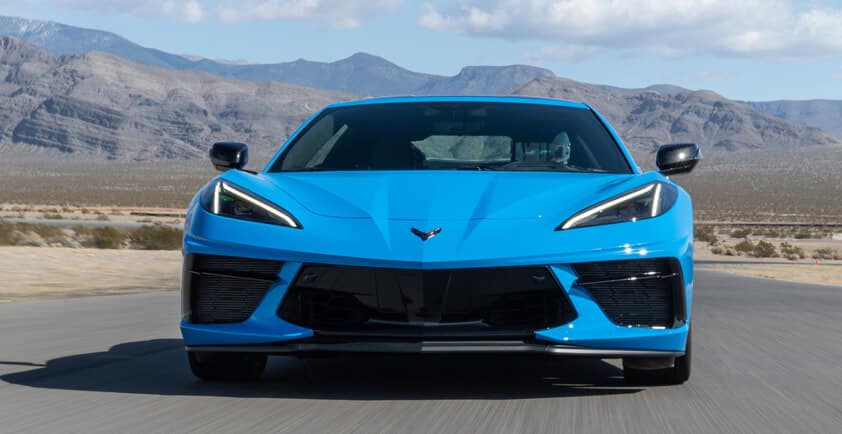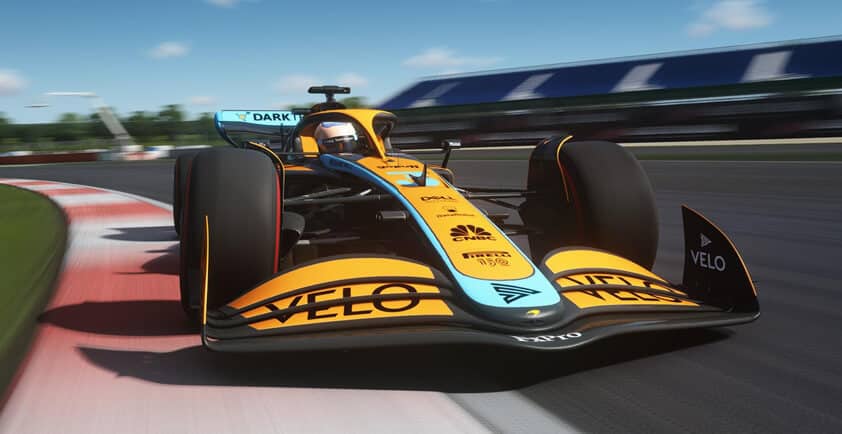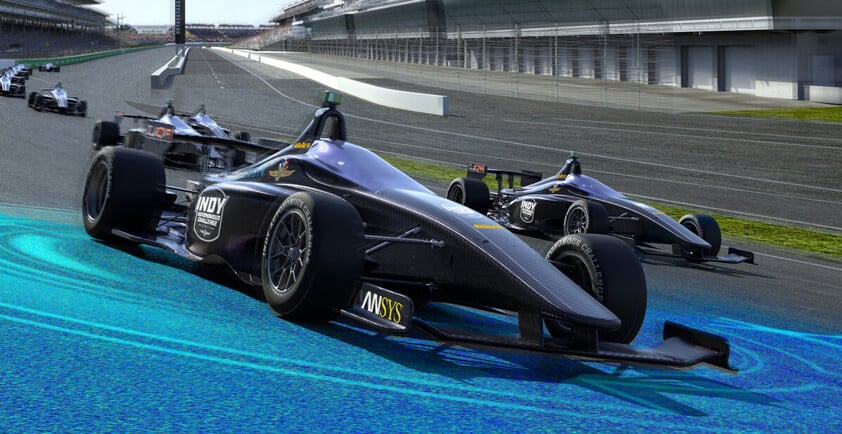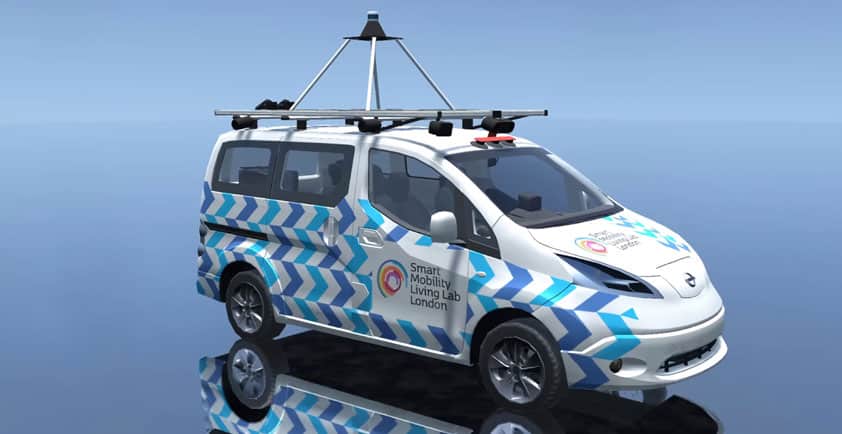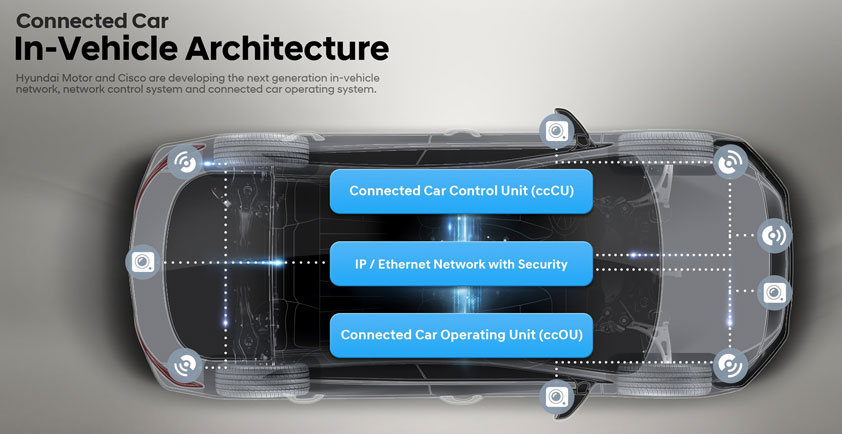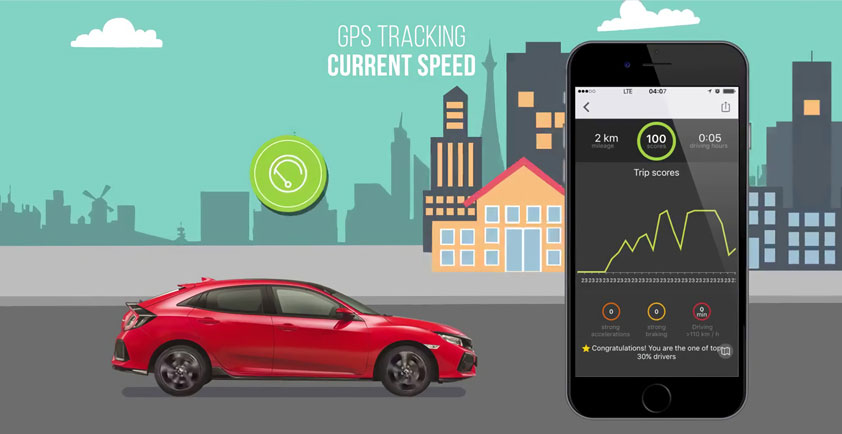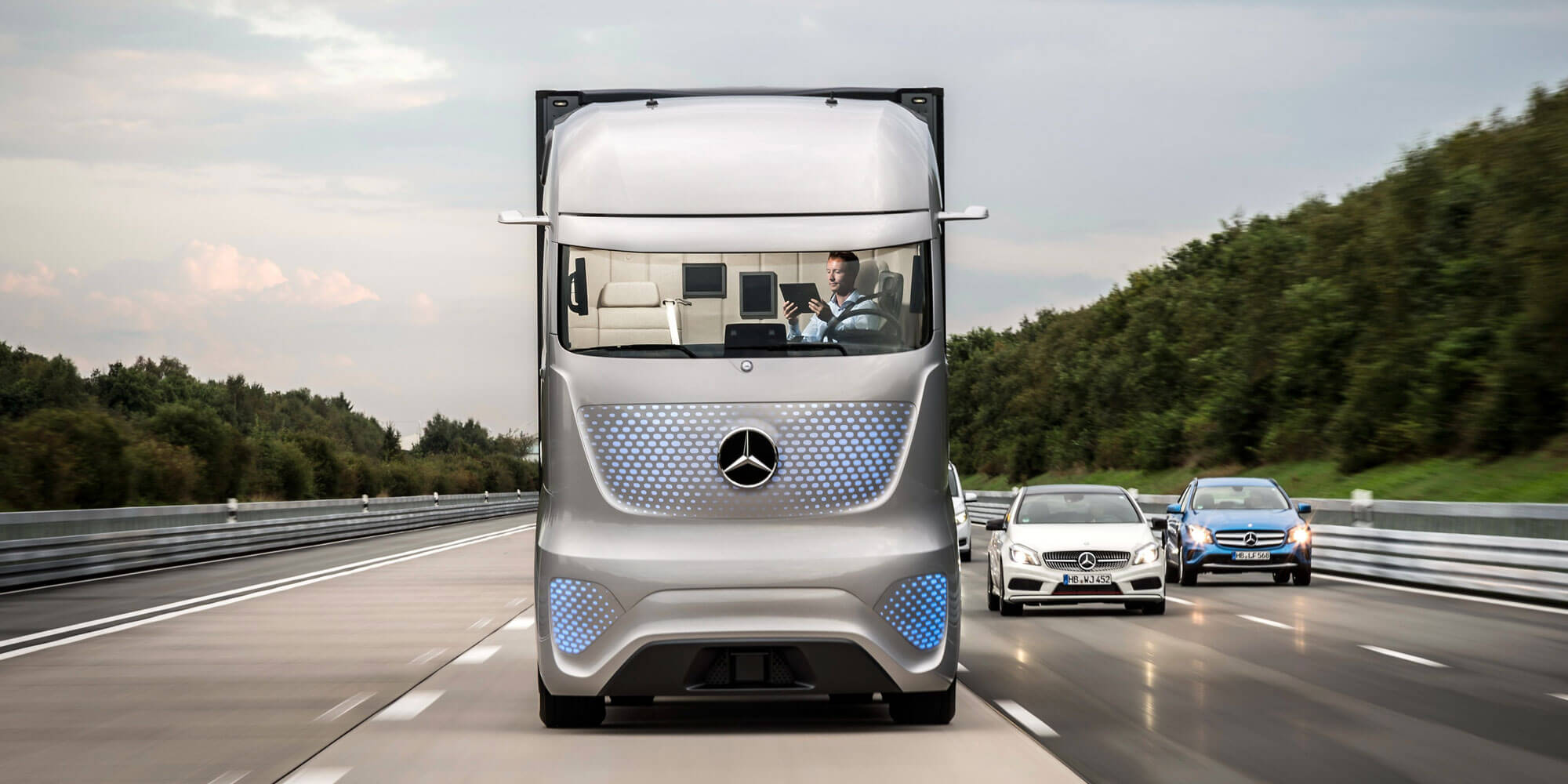

CASE STUDY: DAIMLER TRUCKS
Digital Manufacturing Powers a Better Way to Build Trucks
For Daimler Trucks North America (DTNA), success isn’t just about controlling costs. It’s about building an agile company that can deliver exactly what the market demands—today and tomorrow. DTNA, a Daimler company, is the largest heavy- duty truck manufacturer in North America and a leading producer of medium-duty trucks and specialized commercial vehicles, including iconic brands such as Freightliner, Western Star, Freightliner Custom Chassis, Thomas Built, and Detroit. The Portland manufacturing facility builds a variety of commercial vehicles, including four different models of Western Star trucks. Each model is customized for specific requirements and tailored to every customer’s needs, which isn’t easy in a mass production environment.
“We have to incorporate all of the innovation that Daimler Trucks offers, as well as provide an incredible amount of variety in the trucks that we build,” says Paul Erdy, plant manager, Western Star Trucks. “That is quite a dance to perform because there are so many different options, especially on a Western Star, that a customer may request. We have to manage all of the logistical elements of bringing all of those parts together to meet the requirements of a particular truck build.”
Business Challenge: Boost Business Agility and Efficiency
To meet these needs, the Western Star production facility in Portland had to be upgraded to respond quickly to each specific customer order and scale to the ever-demanding needs of the operations and manufacturing teams.
“We coordinate all of the parts coming together on a single truck,” says Erdy. “Each truck that comes down the line is like a snowflake—no two are alike. We offer different configurations of wheel bases, axles, colors, air cleaners, and other options, and we customize each truck to meet the needs of the customer.”
But it wasn’t easy to keep operations flexible and efficient at the same time. The company’s existing infrastructure and network was marked by low resiliency and performance, limited scalability, and poor wireless coverage. The result was reduced visibility and monitoring on the plant floor.
“We needed a new network environment that could support our current and future manufacturing processes, and provide reliable, flexible and secure services delivery,” says Dieter Haban, chief information officer (CIO), Daimler Trucks North America. “We also needed innovative technology to optimize our manufacturing and engineering, and help us better manage costs and maximize scalability.”
“We produce and collect a massive amount of data to understand where we are during the assembly of the truck. Now we can provide dashboard information to management, stay informed about any parts shortages, and know the status of the vehicle in real time, any time.” Dieter Haban CIO, Daimler Trucks North America
A Foundation for Innovation
The trucking industry in North America is not only highly competitive but also very dynamic. Downtime is not an option, so DTNA needed a way to upgrade its infrastructure quickly while minimizing production impact. After evaluating several options, the plant chose Cisco and Rockwell Automation as its strategic partners to provide the right technology for its plants.
Haban and his IT infrastructure team used aspects of the Converged Plantwide Ethernet (CPwE) validated design guides from Cisco and Rockwell Automation to jumpstart the architecture design and deployment. The flexible DTNA architecture supports a converged IT infrastructure to enable better innovation on the plant floor, support for big data and analytics, process optimization, and new tools and applications.
According to Chris Poorman, IT manager at DTNA, the goal was to not just refresh the network but also position the plant for the future, including creating a platform and foundation that can handle innovative manufacturing and shop floor applications including video and RFID. According to Poorman, “We had a long-standing partnership with Cisco and Rockwell Automation and working with them helped us jumpstart this network refresh.”
Today, the new network has enabled DTNA to have secure and reliable Wi-Fi connectivity everywhere on the shop floor, as well as in office areas. Instead of working from huge binders of paperwork, plant managers can look up parts and check status in real time using their iPads. Truck build packages can now be developed and updated electronically because plant workers also have access to reliable production Wi-Fi. With Cisco Aironet® access points throughout the plant, employees can securely connect anywhere on the plant floor.
“We can now use wireless devices to receive components or retrieve parts from the warehouse,” says Erdy. “We had trouble with that in the past, and now it’s all becoming mobile.”
“We produce and collect a massive amount of data to understand where we are during the assembly of the truck,” says Haban. “Now we can provide dashboard information to management, stay informed about any parts shortages, and know the status of the vehicle in real time, any time.”
Better Visibility for Faster Decision Making
With the new architecture, DTNA can combine its IT and automation network environments in one secure, manageable, and converged environment. This combination brings better visibility and insight into manufacturing, so managers can understand how well processes are working, and make faster, better decisions. Daimler’s control and information architecture, which includes programmable logic controllers (PLCs), a distributed control system (DCS), sensors, and sensor networks, all were migrated to the new network and tested.
“We started with a suite of applications— the manufacturing execution system—for our plants, and we’re rolling it out to all of our plants,” says Haban. “Our Cisco® automated network environment is key to the success, because we collect a lot of data from the plant floor, and we need to securely transmit it within the plant and back to managers in their offices.”
Bringing its IT and operational technology (OT) departments together more closely also helps DTNA meet its security and compliance requirements. With the Cisco and Rockwell Automation architectures, lT and plant automation staff can form multiple layers of defense based on open standards, enabling the IT group to set up processes and policies that identify and contain evolving threats in industrial automation and control systems.
Perhaps most importantly, the network upgrade went smoothly, so plant operations weren’t disrupted. “We went from the old system to the new system without any impact to production,” adds Erdy.
Reliable, Secure Connectivity
With its new Cisco and Rockwell Automation architecture in place, DTNA can manage production throughout the plant more e effectively using mobile devices.
“One of the biggest issues with the old network was communication,” says Erdy. “Our team leaders and supervisors had wireless phones that they used to communicate with one another. I often heard complaints about how the system was unreliable. They would be cut o or they couldn’t reach the individual that they needed to at the time. Since we deployed the new network, those complaints have literally disappeared.”
The new network with software-de ned networking (SDN) also supports remote troubleshooting and visibility. With mobile connectivity, employees can quickly connect with virtual experts from vendors and partners when a machine or piece of equipment needs repair or maintenance, minimizing downtime. Visibility into needed parts is also much better and drives better delivery times for customers.
The network upgrade also puts Daimler in a position to improve its network security, including ironclad firewalls and intrusion prevention software that stops viruses, Trojan horses, and other malicious software that may attempt to in filtrate the enterprise. Also, all new automation switches have enabled separate automation zones to control and protect intellectual property and vendor accessibility.
Additional benefits include easier connectivity. According to Poorman, “Company travelers from other Daimler sites can now easily access our plant network without any access problems. In addition, guest connect services has improved, as well as the quality of service, in addition to expanded Wi-Fi coverage throughout the Western Star facility.” Poorman adds that the network refresh has enabled the capability for uni ed access, which means there will be no competition between wireless and wired demands. Connections can be made right at the switch instead of in the computer room to reduce latency.
What’s Next?
The cross collaboration between the plant automation side and the IT side means that the Western Star Factory and other Daimler Trucks factories now have a blueprint to reposition their manufacturing operations to meet today’s needs—and drive future success. The scalable architecture aligns well with a variety of plant sizes and requirements, and is now being rolled out to additional factories in North Carolina and Mexico.
“We’re just in the beginning of a new, exciting area—the Internet of Things and big data,” says Haban. “Data is the new currency, and Cisco and Rockwell Automation will help us get the most out of it.”
